by Amy Alpert
One of my favorite signs from the Women’s March in Washington in January was “Introvert by Nature, Protester by Need.” Based on the reactions among the crowd, it was clear to me that many other people identified with this sign as well. How does an introvert, who hates crowds, push oneself to attend a march with hundreds of thousands of people? How do we support ourselves in pushing out of our comfort zone?
As a coach, I often help my clients move outside their comfort zone. It is common for our goals to be outside our comfort zone—which is exactly why it can be difficult to attain them. So how do we move outside our comfort zone without going into full panic mode?
The best way to deal with discomfort is to understand what causes our discomfort, anticipate and prepare for those triggers, and find healthy coping alternatives. Most importantly, we need to continue to step out of our comfort zone!
Pay attention.
First, identify when you are uncomfortable. How does this feel in your body? How does it affect your thoughts and your behaviors? Then, ask yourself what emotion you are feeling. Is it fear, sadness, uncertainty, anger, frustration, or something else? Be sure that the emotion you are identifying is the primary emotion. For instance, you may feel embarrassed as your primary emotion, yet it presents itself as anger. This can be confusing. We think we are angry but we are actually embarrassed. Digging deep enough to find your primary emotion is hard work and requires some truth telling and self-awareness. Just like with toddlers, meltdowns are usually the result of a primary emotion like exhaustion, frustration, or envy. The anger (or secondary emotion) exhibited is merely the way the primary emotion is being expressed.
Identify your crutches.
Do you grab your phone whenever you have a moment of boredom, you find yourself with too much time to think, or you’re in an intimidating situation? Do you reach for a cookie? Do you bite your nails? These are self-soothing techniques, but they do not allow you to really work through your feelings and better understand yourself.
Create space between yourself and your crutches.
In order to grow and learn how to regulate your emotions, you need to identify your crutches and then make space between you and your crutch. Sitting in your discomfort is, for lack of a better word, uncomfortable. Leave your phone in your purse, walk out of the kitchen, put your hands in your pocket.
Engage your curiosity.
Meet your discomfort with curiosity. Why are you feeling uncomfortable? What is your primary emotion? What are some other ways you could help regulate these primary emotions? For instance, if you are at a party with lots of people you find intimidating, don’t grab your phone and start scrolling through Facebook. Instead ask yourself, “Why do these people intimidate me?” “Is there someone in this room whom I find less intimidating?” If yes, go find that person. Observe the people in the room; is there anything you can learn about them or yourself? How can you be present even though it is uncomfortable?
Find a healthy alternative to your crutches.
As an introvert, attending the DC march required me to step out of my comfort zone. During the march, I utilized coping mechanisms. I noticed the calm of the people around me and found comfort in the collective emotion of pride, enthusiasm, and solidarity. I held my daughter’s hand. I took deep breaths when I needed to reconnect with myself. I moved to a more open space when I felt claustrophobic. I pushed myself to step out of my comfort zone to attend the march, but I did what I needed to make it manageable.
Anticipate and prepare for moments of discomfort.
There are also ways to anticipate discomfort and help yourself before you feel uncomfortable. For instance, I knew I was going to feel nervous at the march, so I followed the safety advice that was provided by the organizers of the march. I might have been overly cautious, but I knew that these efforts would help keep me calm. Planning ahead is a productive way to help with emotional regulation both before and during an event.
We all have moments we are uncomfortable—it is a universal human condition. So embrace it, prepare for it, be present in it, learn from it, and feel proud of your courage to step into it.
Amy Alpert, a graduate of the Certificate in Positive Psychology, is a solutions-focused coach with a practice based in positive psychology. A former human resources executive at Goldman Sachs, she holds a master’s degree in organizational psychology from Columbia University. This article was originally published on Amy’s blog at amyalpert.com.


 Amy Alpert, a graduate of the
Amy Alpert, a graduate of the 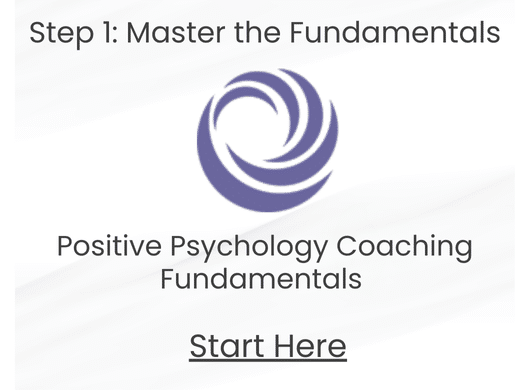
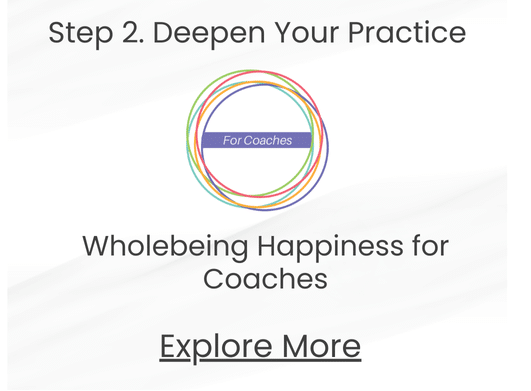
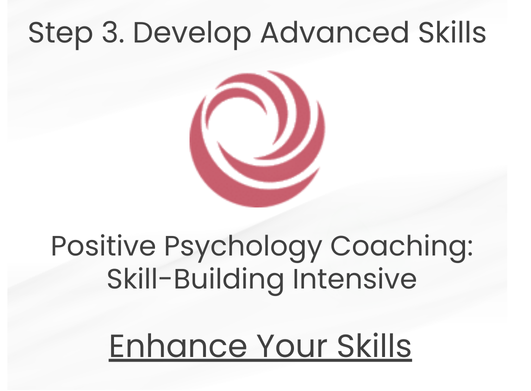

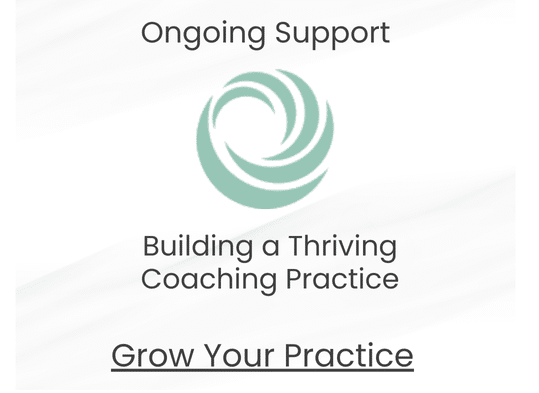
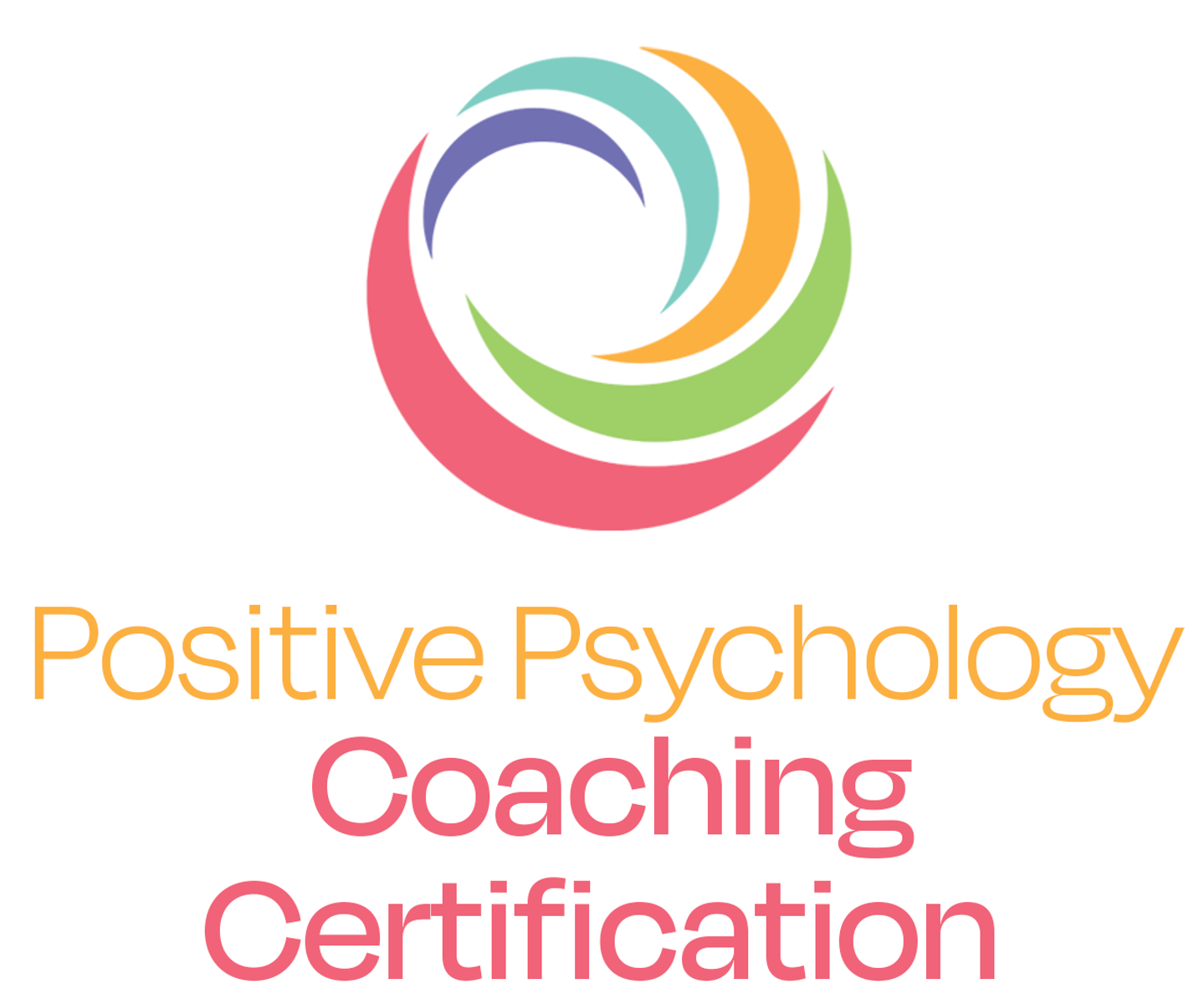


Nice work